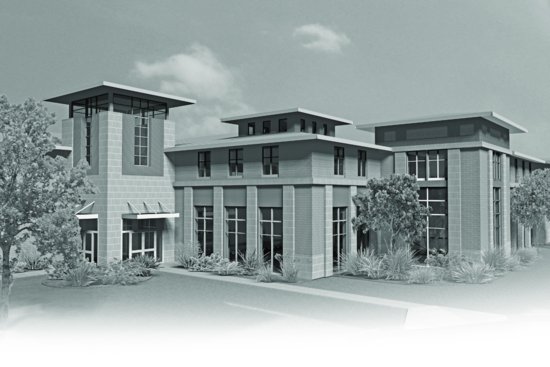6
Healthcare and Senior Living Communities
INTRODUCTION
Before passage of the Hospital Survey and Construction Act (also known as the Hill-Burton Act) in 1946, hospitals were typically institutions for indigent care, usually places where the poorest went toward the end of life. Following World War II, President Truman proposed federal funding to improve the national hospital system, and the Hill-Burton program began to address inequity of care. The Americans with Disabilities Act and subsequent updates focus on improving access to care and continue improving quality of life for Americans.
Healthcare and long-term care facilities serve the broadest array of visitors and occupants, ranging from the multigenerational members of a newborn's family to the assortment of visitors to the bedside of an ailing nursing home resident. The baby boom that ended in the 1960s will ultimately result in a corresponding elder boom and increased construction to meet demand for services. This demand will enable designers to update existing facilities and create new facilities that better serve patients, residents, visitors, and staff throughout their lives (see Figure 6.1).
Figure 6.1: Wellness center with indoor pool and exercise areas, Dallas, Texas.
(Pi Architects Inc.).

Different Types of Healthcare
Healthcare and senior living facilities are defined as licensed medical ...
Get Applying the ADA: Designing for The 2010 Americans with Disabilities Act Standards for Accessible Design in Multiple Building Types now with the O’Reilly learning platform.
O’Reilly members experience books, live events, courses curated by job role, and more from O’Reilly and nearly 200 top publishers.

